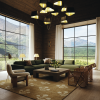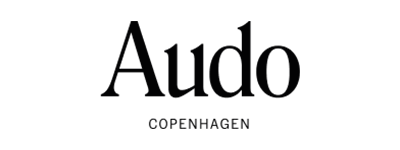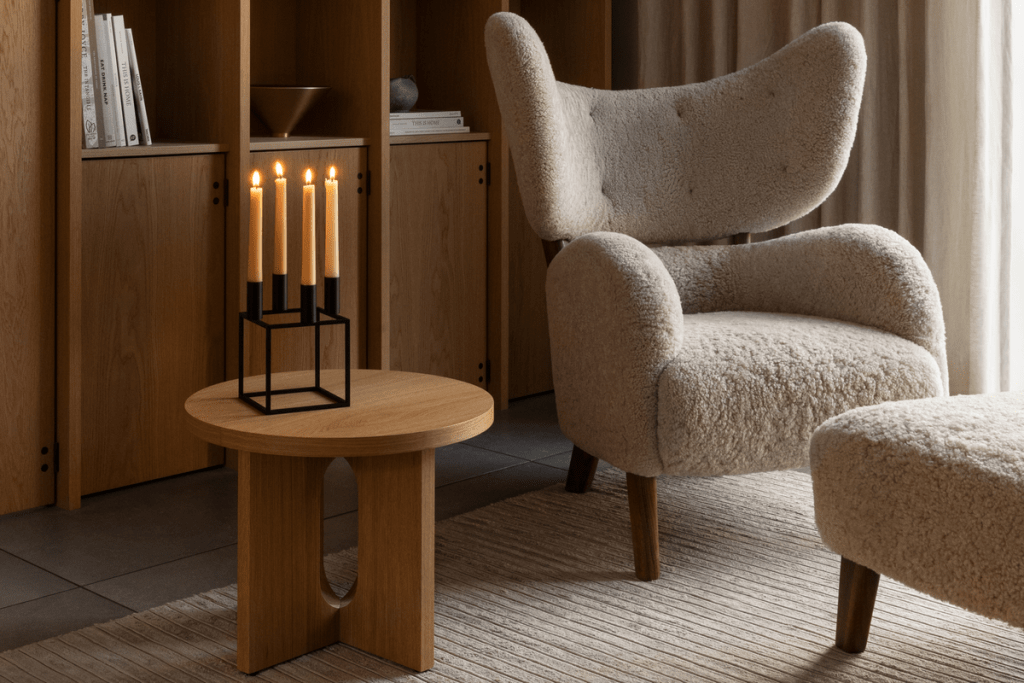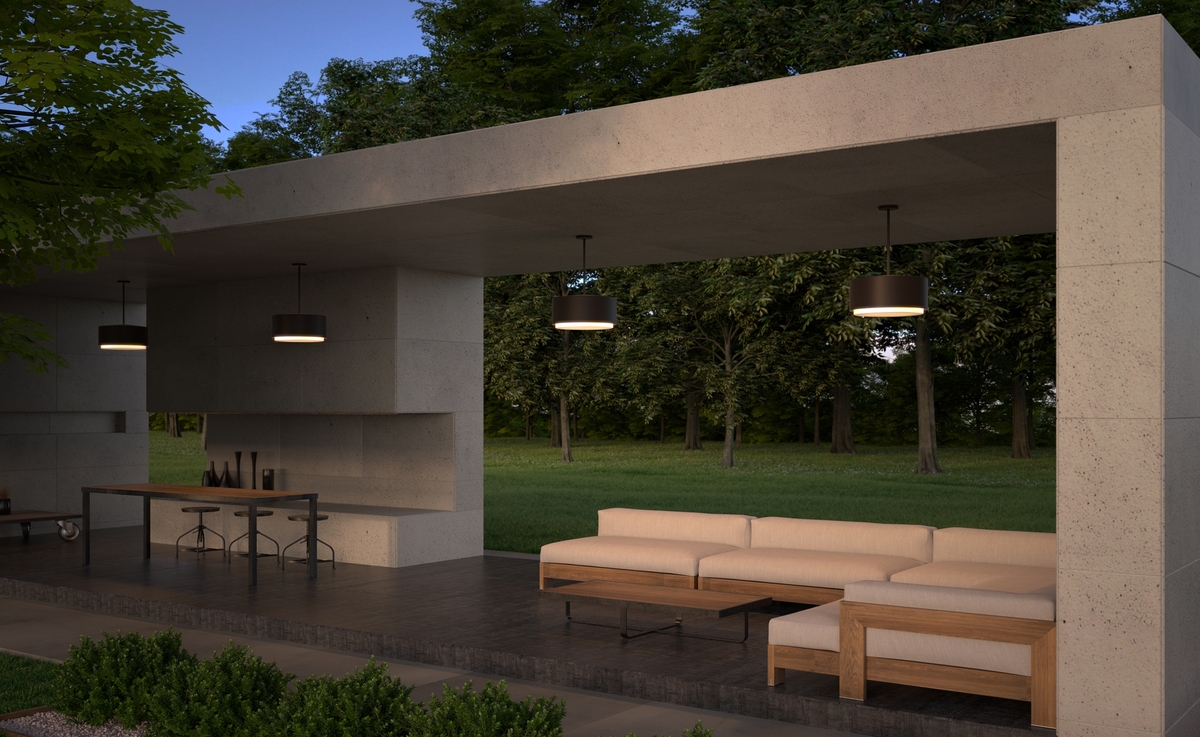
From sustainable materials to certified products and code compliance, trade professionals are tasked with keeping up to date on the latest industry standards that propel design toward a more sustainable and eco-conscious future. Whether designing an existing interior space or building one from the ground up, Title 24 of California’s Energy Code sets forth a compliance framework, guiding A+D professionals to make smart lighting decisions that improve living conditions for humans and nature alike.
West Coast Efficiency: California’s Title 24
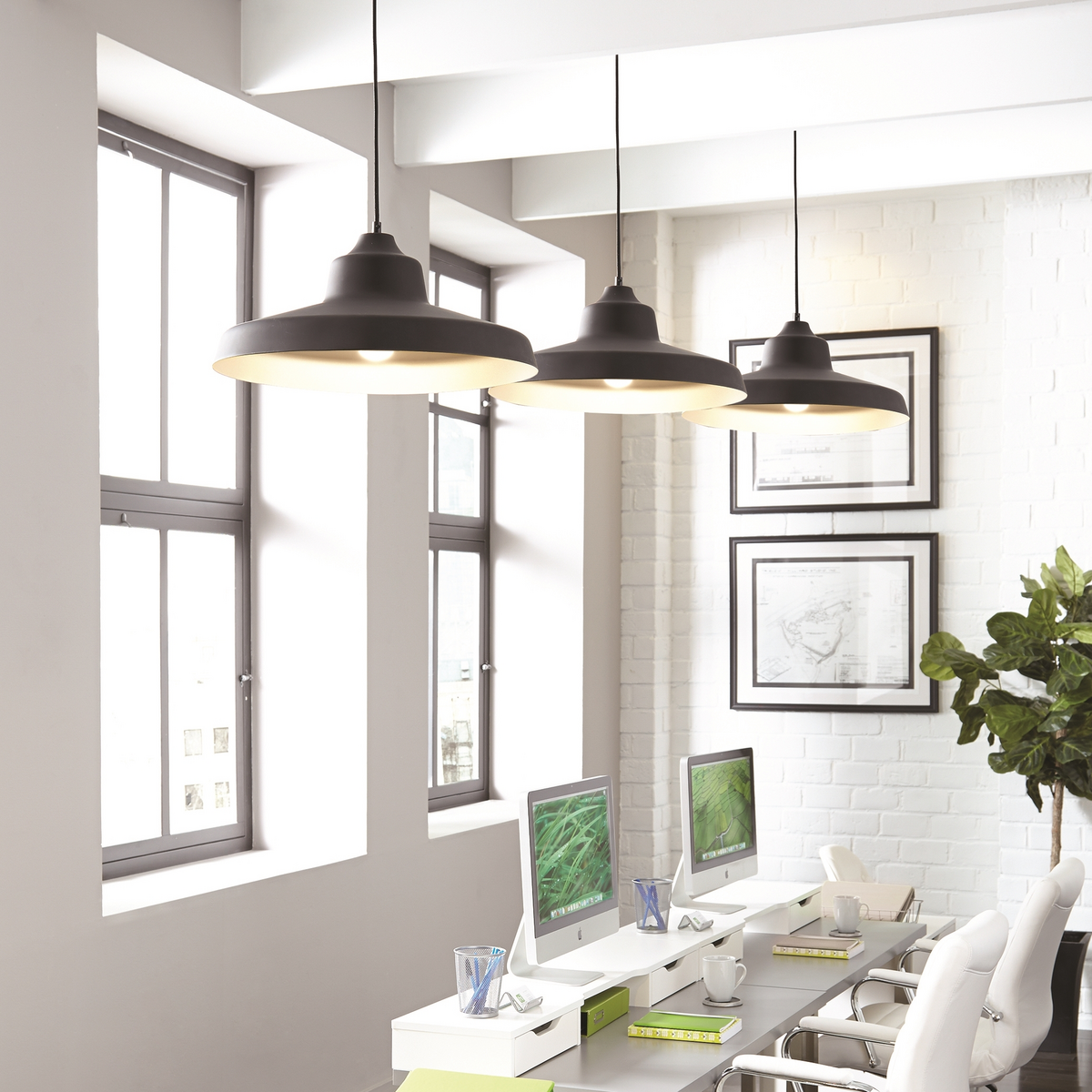
In 1978, California’s Energy Commission introduced Title 24, a set of standards created to preserve the environmental quality of indoor and outdoor spaces while achieving, then increasing, energy efficiency in new and existing buildings. The eco-friendly standards, revisited and updated every three years, take into account new research and design, as well as trends in interior systems like lighting and HVACs.
An expansive code, Title 24 extends to both residential and commercial spaces, and keeps products and building infrastructure in compliance with California state law. With the aim of creating a more environmentally-conscious future, Title 24’s indoor and outdoor lighting requirements encourage design that follows a sustainable path capable of valuing both efficiency and aesthetics.
Lighting + Title 24 Compliance

As designers and architects continue creating spacing from an eco-friendly mindset, regulations like Title 24 help ensure that the lighting fixtures and systems in place are as energy-efficient and cost-effective as possible for both users and the environment. Regulations took effect in January 2023 that began to use LED lighting instead of fluorescent to calculate allowable lighting power density, as well as implement more stringent vacancy sensor requirements—these are the key measures that designers must keep in mind to achieve Title 24 compliance:
- Luminaire Classification: All lighting fixtures must receive a classification label, and a permanent label must display the maximum rated wattage.
- Independent Manual Controls: Areas with display and decorative lighting must have separate and easily accessible controls from the general lighting system, which should also have its own controls apart from other lighting systems. These multiple control systems allow businesses to only light areas that require illumination, eliminating wasted light and wasted energy.
- Multilevel Lighting Controls: Dimmable or multilevel lighting is its own level of regulation and differs based on the type of light installed while reducing overall levels of unnecessary lighting and improving comfort and energy efficiency. LED luminaires are allowed continuous dimming from 10% to 100%, while track lighting systems under 20 watts must have a minimum of one step between 30% and 70%. High-intensity discharge lighting, most often used outdoors, requires at least one step between 50% and 70%. The various dimming options discourage businesses from operating at maximum levels of energy consumption. With softer illumination, fewer resources (and less money) are required to keep the lights on.
- Shutoff Controls: Automatic time switches and vacancy sensors are two features that keep lighting fixtures Title 24 compliant. Current regulations require shutoff controls with no one control covering more than 5,000 sq. feet. While most spaces require that lights are automatically turned off when the room is unoccupied, some spaces, like loading areas and parking garages, are allowed a partial-off strategy, allowing some light to remain even when the space remains empty of activity.
- Daylighting + Controls: Daylighting encourages the strategic placement of windows, allowing the natural light of day to illuminate interiors whenever possible. Daylighting is separated into three categories: skylit, primary sidelit and secondary sidelit zones. Daylit spaces require that in-use lighting fixtures are present to provide general, and not display or decorative, lighting. Lighting must also be reduced to 65% when daylight contributes to more than 150% of the overall designed system’s light level.
- Outdoor Lighting: To prevent light pollution, including sky glow and light trespass, outdoor areas are zoned based on how much light is available from the surrounding area. Ranging from LZ0 (very little light in an undeveloped, open area) to LZ3 (a relatively high level of light in an urban setting), these light zones regulate what type and how much light can be used in any given application.
- Also important to note is Title 24’s “BUG” rating system: Backlight, uplight and glare. BUG ratings—ranging from B0, U0 and G0 (best) to B5, U5 and G5 (worst)—work in conjunction with lighting zones to minimize light pollution and energy consumption by determining the maximum levels of backlight, uplight and glare allowable in outdoor lighting areas.
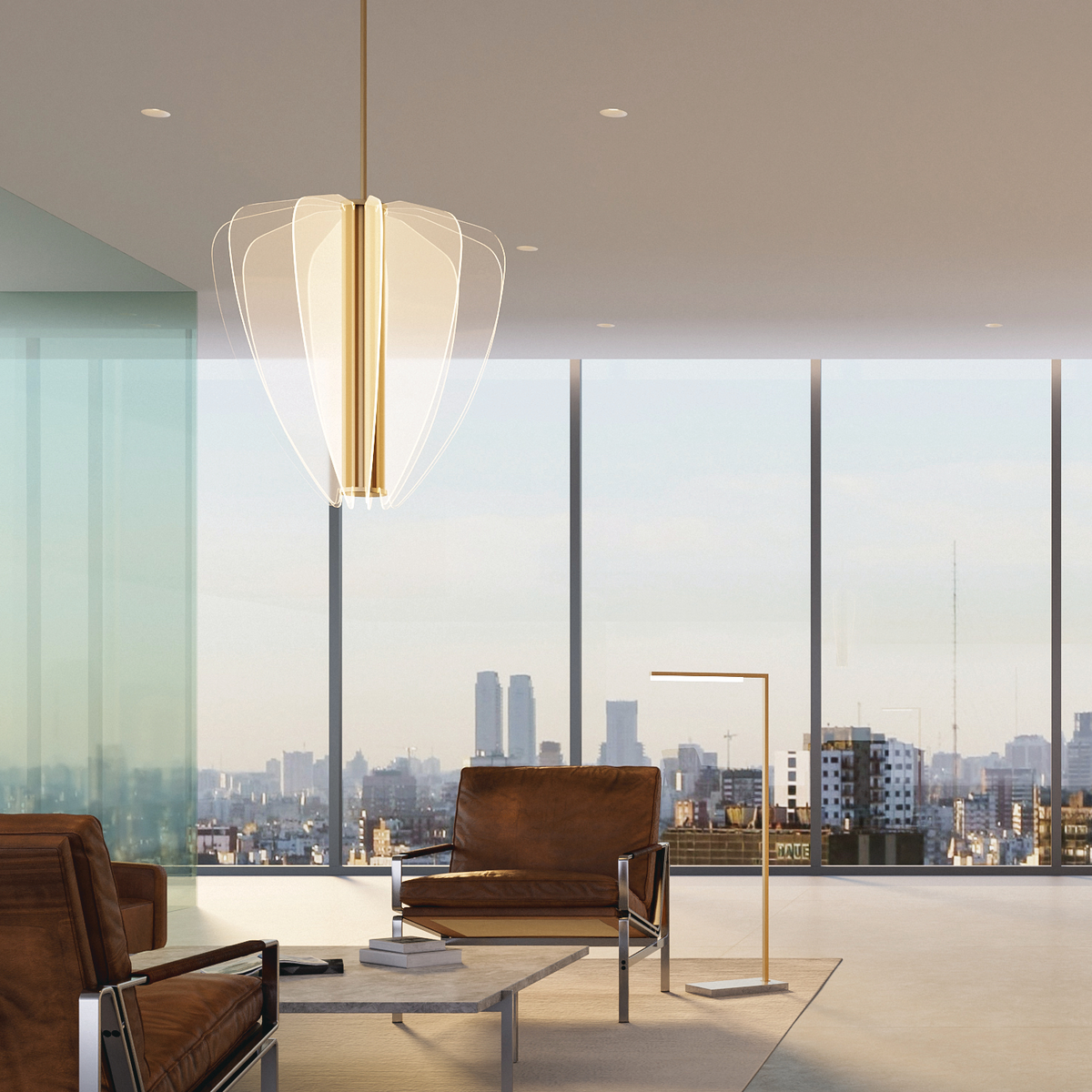
What might seem like small adjustments—smart controls and using daylight to balance interior lighting systems—in fact carry long-lasting effects for the environment and design at large. Like combatting light pollution and unnecessarily high energy consumption, the eco-conscious lighting decisions encouraged by compliancy frameworks like Title 24 are one of many tools available to industry professionals as they commit themselves to building a well-lit future that remains sustainable for us all.

